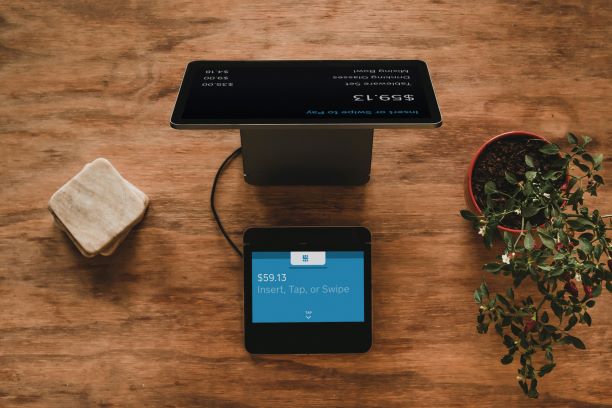
It is unfortunate, but the procurement process is rife with the potential for loss, waste, abuse, and fraud. It requires many different steps to be performed by different departments, including ethics and compliance, audit, procurement, and fraud investigation. Procurement has also been somewhat slower to develop and adopt the kind







